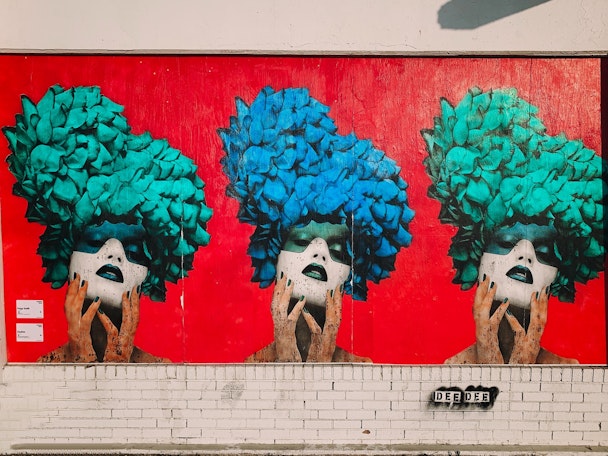ASCI’s playbook to help advertisers with inclusive gender portrayal
Equitable gender portrayal, or lack of it, in advertising has been one of the most hot-button themes. The Advertising Standards Council of India has launched a framework to help marketers and advertising agencies work towards a more gender-balanced and nuanced depiction. Manisha Kapoor, secretary-general of ASCI and Santosh Desai, managing director and chief executive officer, Futurebrands share how brands can ‘walk the talk’ on this sensitive theme

Time to unstereotype gender portrayal
Gender portrayal has been a long-standing and much-debated conversation within the advertising industry. In keeping with its task of establishing a regulatory framework that can help brands and advertising agencies better shape their narratives in a positive way, The Advertising Standards Council of India (ASCI) in collaboration with Futurebrands recently unveiled the GenderNext study. The study is positioned as a comprehensive actionable insight study on the representation of women in advertising.
The study looks closely at what has already been done but it helps move the needle for the advertisers to the next step, by showcasing insights and new starting points on gender depictions. Says Manisha Kapoor, secretary-general of ASCI in a chat with The Drum: “We want the narrators and brands to take up the challenge of portraying women in a more progressive light without losing on creativity.”
The scope of the study
‘GenderNext’ looks at gender portrayals across multiple categories, such as personal care, fashion, beauty, home and hearth, gadgets and wheels, money and education. It also touches upon how advertising portrays women versus how they see themselves and want to be seen.
How can it help in more inclusive creatives
As part of the study, a category-agnostic ‘SEA (Self-esteemed-Empowered-Allied) framework’ has been proposed that aims to guide stakeholders in imagining as well as evaluating portrayals of women in their advertising.
The three key measures are (1) Self-esteemed - how the woman feels about herself, (2) Empowered - how the woman relates to the situation she is cast in and (3) Allied- how others partner her in progress.
In addition, the study also proposes a 3S screener for scripts/storyboards, casting, styling to identify stereotype red flags. Shares Kapoor: “The screener looks at aspects of a) Subordination (where the woman is placed lower in the hierarchy of decision making, awareness) b) Service (where the woman is seen at the service of others) and c) Standardisation (where the woman is moulded into portrayals that blur individuality).
Time for brands to ensure gender-sensitive advertising
Brands would need to work towards creating more sensitive and empowering depictions, and that is going to be increasingly the norm than the exception. According to Santosh Desai, managing director and chief executive officer, Futurebrands: “the framework will identify many implicit and overt stereotypes that populate today’s advertising and give brands an opportunity to avoid using them in their scripts.”
The intent of the study is not only to help brands avoid some of the flak that they have been facing of what is depicted in their advertising but help advertisers to become more alive to the many implicit ways in which they normalise unfavourable and biased gender representations, he adds.
If deployed well, this framework could help in enriching creativity and storytelling. The idea of the framework is to not only inform advertisers what they must stop doing, but also give them credible and compelling starting points for their storytelling.
Kapoor is hopeful that “marketers and advertisers will look at the tropes especially in their categories and find them useful in creating conversations with their target groups.” This will actually make advertising richer, more meaningful to the audiences with whom the brands are trying to connect, she adds.
Gender and purpose: advertisers to walk with care
Even as the narrative veers towards inclusion and equality, overt indexing on bringing purpose and gender can often seem a force-fit and end up doing more harm to the cause. Avers Kapoor, “it is ironic that even as brands start moving towards more purpose-led advertising, in many cases, they inadvertently end up reinforcing the implicit codes that take advertising back a few steps.”
In many cases, while a lot of debate happens on the main storyline that the brand embarks on, what is missed is the detailing, which is where the harmful stereotypical depictions creep in. Adds Kapoor, “A mindfulness regarding the subliminal images, rather than any dramatic change in the overt storytelling is what is needed in most cases.”

